|
Dr. Jamie was proud to interview one of her role models and "legends" of expressive arts therapy, Dr. Cathy Malchiodi on January 6, 2021. Listen as they chat about the expressive arts and the needed paradigm shifts within our field.
To learn more about Dr. Malchiodi's work, go to: www.cathymalchiodi.com
1 Comment
What do you see?
What is the story of your projection? Do you see my color? or is my hue invisible to you? How does this unfolding story strike your heart? Where does the word racism resonate within your body? Why were your eyes closed for 401 years? Did you not hear my screams? Did you not see the hanging tree? Did you not feel my anguish? Did you not notice my red blood running through the streets? Was I not just as human when they killed us again and again and again? I am perplexed. So. Do you really see my reality now? Can you taste the fear that has been my life? Is this all real or simply a gaslight hallucination? Real talk... My fear is you will fall asleep once more and i will recess into the blackground of your mind like yesterdays old yellow newspaper. I know one of you has cried muffled tears of saddness for this 4 century long tragedy. Step boldly forward and work for systemic change. Please come out of the shadows. Let your tears water the soul and soil of justice. ....she is exhausted. and yet she begs you. Do not slumber. Please do not fall back asleep. Stay awake for freedom... and raise your voice to action as we toil for a system that is just, together....and truly equal. May the souls of the Ancestors rejoice in this earthly transformation and find peaceful eternal rest. By Dr. Kellie Kirksey June 30th, 2020 1:26am May the reason I practice yoga be
To lead others to realizing the true nature of the Self Yet in doing that empowering others Especially my fellow sisters to advocate for themselves To not let men walk all over us In the name of spiritual practices or enlightenment For us to claim our voice As the creative energy that makes it all happen Refusing to be treated as anything less We are not just servants of the masculine We are the whirl that creates The motion and maintains the balance People have tried to keep the waves From rising to their fullest majesty not anymore, and never again Burned Pages
Burn away the pages of my past told by strangers to my soul. Burn away the tainted edges gripped with desperate wishes. Awash my body with the healing embers of my own spark. Heed my call, the scream from my lungs. Heed the fire held in my heart. - Peyton Cram I have lived the expressive arts since I was born. In my childhood home we had very few rules. At any given time, you would find one sister painting a mural on the wall while another sister was playing the mandolin and making cheese in her closet. Mom would be making our fringe vest in the breakfast nook and another sister would be making jam… all before taking the bus to meet my big sister’s guru for chanting. Don’t forget to drink the sassafras tea my mom had brood... got to keep the immune system strong. I remember my first journal was a Virginia Slims blank book that I got for free by collecting my mom’s cigarette cartons and sending them in to the company for the prize of a lovely maroon book with a fancy woman on the cover. I would write the story of my life deep into the night while my sister hurled shoes at my bed so I would turn off my flashlight. My mother never put a border around what our souls wanted to do. There were no boundaries….no walls and no safety. Our creative expression was respected and indulged. It was simply our way of life. I would invite friends over for sleep overs by candlelight, makeovers and Mickey Mouse club. This was all pure joy in the middle of inner-city Cleveland nestled between drug deals and frozen pipes... the magic of pure no holds barred self-expression was my sanctuary.
The highlight of junior high was playing Tina Turner and singing Proud Mary, swinging my hard pressed hair, dancing wildly and rolling on the river. Expressing myself through music, writing, dance and potion making saved me from the pain of poverty, sexual assault, and eczema. When I went to college, I wanted to be a dance therapist. Not because I was a trained dancer but because dancing saved my life. As a child I would put on the Motown Christmas album and spin around until I was so dizzy with joy that it did not matter that we had no gas or lights or food in the refrigerator. As a teen I would leave work at McDonalds at 2:30 am and go out dancing until sunrise…6:30am when the club closed. It was called night flight and the rhythm would fly me to another world. I did not know at the time that I was putting myself in a trance. I simply knew that moving my body to the pulsing beat made me feel joy: I could breathe, I could do life as it showed up. So of course, I would want to dance my way through college. The catch was that they had no such major at my school. I settled on psychology as my major and fit in all the other treasures I wanted to learn and experience outside of my formal academic training. My challenge academically and professionally was always the quandary of how do I blend my love of dance, therapy, service, travel, metaphysics, health, teaching, healing arts into some professional identity? Eclectic is how I had described myself. Holistic became a term I began using 20 years ago when I participated in a Crone/Sage ceremony (Initiation into the Wisdom years of a Woman) for a friend’s 60th birthday. The facilitator of the circle was a holistic psychologist and she embodied the sacred expressive arts. I began to see the blending of my worlds. Yet, the practicality of blending all of these aspects of myself into my daily professional life remained somewhat of a challenge. It was 2011, I remember getting the call from Dr. Tanya Edwards at the Cleveland Clinic Center for Integrative Medicine. “I hear you are a wonderful hypnotherapist,” she said…come join us. At the time I had not heard of Dr. Edwards so I thought it was a friend from Cleveland pranking me. I would receive 5 more messages like that before calling her back. It was not until I saw her on the Dr. Oz show that I realized this woman was real, not a prank and we looked like we could be cousins! When I returned her call she simply said, “I have been waiting for your call.” I asked did she need me to send my resume and she simply said, “I know everything about you I need to know. Come do what you do.” Perhaps I stopped breathing for a moment when she said these words because doing what I do, in the way I do it had always been a challenge in most therapeutic work settings. Dr. Tanya Edwards told me that she did not bring me to Cleveland Clinic to work with individual patients but for the creative ability and spirit I carry. “You are a Goddess High Priestess….do what you do.” Well I simply thought I had dropped into the 5th dimension of some other universe. Dr. Edwards became my dear sister friend mentor and beloved colleague. I had the pleasure of training and working with her until her death in March of 2014. My use of creativity in my work is a way of also honoring her light and life. Dr. Edwards helped me stoke the flames of my creativity and to share it with a larger audience. When I received that initial call from Dr. Edwards I was on leave from my tenured position as a Professor of Counselor Education. I was worn out. The Chair of my Department was chronically displeased with me and would lobby against my promotion at the University. He would tell me that I was too creative and relational, and he needed someone who was methodical and organized. I was not that person. I am the one who tries every key on the key ring until I see a crack in the door… a glimmer of light shining through the darkness. Essentially, as a therapist (and a human) I have always believed in using a variety of tools to unlock the emotions hidden within a person’s heart and soul. This is how I taught, and this is how I live. Don’t do yoga they would say. Why are you meditating with your students they would say. It’s a hazard to burn that oil or hypnosis opens the door to the devil they would say. What are you doing with bubbles in your practicum class…Turn your music down...are you drumming again? Did I see you and your client hugging a tree? Creativity has been the foundation of the therapeutic process for me. The fluidity of expression is my elixir. The expressive arts therapist certification program has given me the long-awaited structure, scaffolding, philosophy and supportive community to truly be the creative holistic practitioner that I am. I have been lovingly challenged to stretch myself far beyond my comfort. This journey has given me a firm foundation to gather the broad palette of my services under an umbrella with a solid base. When asked what my work with bees has to do with therapy and healing….I say it is a part of expressive arts therapy and certainly it is. My journey into the certification process has given me the empirical support to relay to others the methods of my practice. I was born an expressive arts therapist because it is a part of my indigenous, tribal nature. This is how my ancestors healed. This is what we do naturally and some academic and heart wise people were able to observe and research these healing ways and put it into a form. Growing up my father would always tell me not to let people know what I really do because no one would believe I had an education. He felt that my true way of practicing therapy was not legitimate because it was not a part of mainstream culture. Working roots or someone getting the Holy Ghost through sound and movement, shaking, rocking, tapping, clapping, wailing all a part of healing. Don’t tell he would say. I always know who is open to working in this way…don’t worry Dad. My father is no longer concerned. When I began working at The Cleveland Clinic Center for Integrative Medicine, he said he wished he had taken hypnotherapy serious years ago. We now drum together, do yoga and sound healing together. He is open and the closet door is wide open. All of the expressive arts healing modalities are on the table for use and exploration. In my certification journey I have gathered courage to sing in public, I have begun to use paints and not fear the blank page as much. I have gathered my napkins and old envelopes and published my first book of poetry. I have fallen into the arms of an amazing community of expressive artist and healers. I have danced more in public and shared a specific therapeutic dance within the African American community as a healing ritual for the 400 years of trauma caused by slavery. I am more intentional and clearer about using movement to heal generational trauma. Freeing my creativity and exercising new ways of self-expression has inspired more creativity and courage to go to the edge of my creative desires. All the doors are open to me and the key is in my hand. The Expressive Arts Community is a circle of healers I am forever grateful to be a part of. Ase, Amen, Amin. I’m not ashamed to cry. Throughout my healing journey, I have singlehandedly kept the Kleenex and Puffs corporations thriving, so abundant are the tears I’ve shed. For me, releasing emotion with tears allows me to fully validate and feel emotions, a process that is vital to my transformation. While I recognize that sometimes I need to practice containment when the tears begin to flow (e.g., if I have an important work commitment), I generally don’t censor myself when my emotions flow in the form of tears. I’ve wept on a tarmac waiting for a delayed plane to take off, I’ve cried in a restaurant in full view of professional colleagues when I connect with a sad story I need to share, and I no longer fear what people think of me if tears begin to flow during a difficult conversation. Every year I engage in deeper layers of my own healing and guide people through their own trauma work, I’m convinced that our emotions do not cause us as many problems as the things we do to keep those emotions stuffed down and buried. To honor the role that crying plays in my growth and transformation, an expressive arts practice recently came to me that I wish to share with you in this posting. I call the process “Transforming Our Tissues.” The process allows us to take the tissues that absorbed our tears during meaningful conversations and turn them into works of art. Not only can this work be a fun expressive arts practice, it is deeply symbolic of how true trauma healing happens at the level of our cells and tissues within our body. In May 2019, I attended my first Ram Dass Spring on Maui retreat, where I was blessed to attend 12-step meetings with the writer Anne Lamott. Annie is very open about her involvement in 12-step recovery and did not think twice about welcoming those of us in recovery into her space for nightly meetings. During one of these meetings, I cried very deeply about the great struggle of my life connected to a person I love very deeply. I fought through some initial urges to censor myself (“Come on, Jamie, you’re in the presence of someone important”) and just let the pain of my heart flow. At some point during this very helpful catharsis, Annie handed me a tissue that I very badly needed. Later in the evening when I changed out of my clothes, I noticed that the tissue was still in my pocket. Of course, my fan girl side kicked in: “This is the tissue that Annie Lamott gave you! You can’t throw this away!” In that moment, the inspiration struck me to use that very special tissue in my art journal, and in the coming weeks I accepted the challenge. Through some trial and error, I learned that tearing the tissue into workable pieces and matting it into my art journal with a substance called Gel Medium created a beautiful texture on my pages, over which I could paint. On that initial page, themed along healing my stuff in the six realms of experience on which the Buddhists teach, I marveled how painting over tissues with acrylics and gauche created the effect of a healing wound. And I realized that any special tissue that holds my literal and figurative blood, sweat, and tears could be repurposed in this manner! Several weeks later, I experienced two similarly deep cries over love and grief with two of my oldest and dearest friends, Allie and Amber. I saved the tissue from the 12-step meeting at which I hung out with Allie on a July morning. The next day, I shared my tears with Amber at our local Panera (another instance of crying deeply in public with little regard to what those around me thought). As Amber validated my pain, she kept offering me brown Panera napkins. Our friendship offers a powerful container for me to share so honestly, and the vulnerability I can show with Amber has allowed me to make some of the deepest healing connections of my life. This day at Panera was no exception. I decided to mount Allie’s tissue and Amber’s napkin on pages facing each other in my art journal. I affixed them to the page with gel medium (refer to the before pictures in the slide show). Like many pursuits in my expressive arts processes, I had no idea what the process would reveal. I just “went with it,” playing around with acrylic paints, using my fingers to apply them over the dried tissues. The tissue on the left from my conversation with Allie began to take on the character of a cell for me, appropriate since I am being called into a period of deeper rest and non-doing in my life. As I engage in more yoga nidra practices and periods of time where I challenge myself to put down the doing and embrace the being, I can feel myself healing at a cellular level. This challenge is very difficult for me as someone who has long struggled with beliefs like “I’m not doing enough,” or “I’m only valued because of what I do.” On the page that holds Amber’s tissue, I also see a cell, although one that is much more fluid and open to growth. You can take a deeper look at the how-to of the process and the specific pages in the slide show that accompanies this blog. In the spirit of expressive arts therapy my aim isn’t to interpret these pages; rather, to treasure what they reveal for me personally. What I am learning from this revelation is that my tears and vulnerability are important to the overall process of transformation through release and rest. Healing my tissues—healing at the cellular level—invites me into all of the healing arts that I discussed in this blog. I appreciate that honoring my tears and what they represent is the core of all expressive art that flows through me. The process of unfolding and creating is gifted to us to gain a new perspective on our wholeness that already dwells within. Though the human mind, the human spirit may only feel this connection to completeness for a sparing blip at a time - let us have faith and find comfort in the ever underlying vibration that dwells in us all.
Let us thank the Universal Power for all creation around us: the sun, the moon, the stars. The trees. The grass. The people and smiling faces who surround us. Let us give thanks for our own god-given ability to harness a piece of this creation to birth mementos of Joy, release, validation, and collaboration into the world. And in so doing, may we remember that our own lives are a delicate brush stroke on the canvas of life. Thank you Divine Source. Thank you for eternal, unconditional love. Thank you for harmony. Thank you for balance in the Universe. Thank you for all of your creations and blessings. Thank you for bringing us all together this weekend to share our uniquely divine gifts. When I started in the a 12-step programs I was immediately taught the history of AA and the incredible “coincidences” that transpired to bring the co-founders together, along with the pieces of the puzzle to finally find a solution to alcoholism. I was taught that Roland Hazard was one of those pieces. He spent a year studying with and being treated by Dr. Carl Jung in England before returning to New York and influencing Ebby Thatcher who was a childhood friend of Bill Wilson. As a result of Carl Jung explaining to Roland that he was a hopeless alcoholic who needed a “vital, spiritual experience,” another piece of the puzzle was put in place.
When I started my master’s program to get my clinical social work license, there were endless research papers required for the program. I repeatedly saw Carl Jung’s name as a reference. More specifically, they were quotes from his Red Book. So, I therefore asked my husband for the book for Christmas and he surprised me and bought 3 different books about or from Carl Jung. In Carl Jung’s book Memories, Dreams, and Reflections there is a chapter named “Confrontation with the Unconscious.” The name immediately drew me in, because having have been trained in EMDR, which addresses our unconscious and the trauma that is stored in the body. I was determined to become the best therapist I could be, but also knew I had my own healing to finish. I felt resistance from within to dig deeper. One day while praying on the resistance, I saw this book Memories, Dreams, and Reflections, sitting on the shelf and immediately turned to the chapter about the unconscious. In the chapter, Carl Jung discussed facing his own internal struggles with his subconscious. He stated: “The dreams, however, could not help me over my feeling of disorientation. On the contrary, I lived as if under constant inner pressure. At times this became so strong that I suspected there was some psychic disturbance in myself. Therefore, I twice went over all the details of my entire life, with particular attention to childhood memories; for I thought there might be something in my past which I could not see and which might possibly be the cause of the disturbance.” (p. 173) He went on to discuss a memory from when he was 10 or 11 years old, stating, and stated “to my astonishment, this memory was accompanied by a great deal of emotion.” I related to the memories that still hold emotional charge. I still am run by so many of my fears developed in childhood. The work I did in the recovery programs had brought me so far and I was living life like I had never experienced before. I had also developed a relationship with God, as I understood God, but my internal world needed more help. I firmly believe my God brought me to EMDR and the Institute of Creative Mindfulness to further my healing and to use my experience to hopefully help others find the same healing. I knew even reading this chapter in Carl Jung’s book was led by that Higher Power. The last line in this chapter that convinced me I needed to do EMDR myself was when Jung discussed his own resistance to looking at his negative emotions and what it was costing him to look at them. He felt he had no choice, but to go deeper and stated, “A cogent motive for my making the attempt was the conviction that I could not expect of my patients something I did not dare to do myself.” (p. 178) I felt my path was paralleling his in some way, and I “had no choice”, but to continue this journey. Soon after starting my own EMDR sessions, I went to a weekend retreat to learn about expressive arts. We learned to used paints, pastels, dance, writing, poetry, and yoga to encourage the healing and express what our parts inside needed to say. If Jung was not describing dissociated parts, I don’t know what he could have been describing. Jung stated, “The essential thing is to differentiate oneself from these unconscious contents by personifying them, and at the same time to bring them into relationship with consciousness. That is the technique for stripping them of their power. It is not too difficult to personify them, as they always possess a certain degree of autonomy, a separate identity of their own. Their autonomy is a most uncomfortable thing to reconcile oneself to, and yet the very fact that the unconscious presents itself in that way gives us the best means of handling it.” (pg. 187). When I returned came home from the retreat, I returned to Jung’s writings because I remembered he had discussed using his imagination to play. He also used yoga to ground himself:. “I was frequently so wrought up that I had to do certain yoga exercises in order to hold my emotions in check.” He used this exercise to calm himself and then he would go back into the emotions. This is just like we do while reprocessing in EMDR. Again, recognizing the parallel to our paths brought me comfort that I am not on this journey alone. Yes, in 1914, they did not call it EMDR or Expressive Arts Therapy, but even then the solution was the same. I have still not found comfort in painting or drawing, but I enjoy reading, writing, and singing. All of me becomes one when I am listening, feeling, playing, or experiencing music. This is my comfort, my joy, and my journey. I am about to attend another retreat to learn more about myself and take another step towards healing. My internal world has always made me feel separate or alone, but knowing a great mind like Jung followed this journey and my new friends at ICM, I am no longer separate and I can celebrate my “weirdness." For years I was scared to buy paint. One of my college roommates was an art major, and it captivated me to watch her paint. She had the capacity to create such beautiful, museum-quality pieces with her amazing talent. I loved to watch her work her magic! To this day I am proud to have several of her pieces and prints in my home, as I’m reminded of those beautiful memories of watching her in-the-zone.
Like many people I’ve worked with through the years, my barrier to painting and to most visual art came from a sense of “I can’t do it,” or “I’m not good enough.” I never seemed to have this issue with music, dance, theater, or writing where there was at least some evidence of my competence, usually in the form of compliments or accolades received. I never had a problem calling myself a writer, for instance, winning many awards throughout middle school and high school. And then came the books… But to call myself a visual artist? To call myself a painter? Hell no! After watching my roommate work, I still felt you had to have a special artist license to even buy paint… There is one visual form I felt reasonably comfortably approaching: collage. Born out of my love for making travel scrapbooks, collaging spoke to me because there didn’t seem to be competence involved. And I very much enjoyed the process of taking scraps and allowing them to develop into something meaningful when put together. As I began working with my own expressive arts mentor Christine Valters Paintner, I began to get braver about working with visual arts. Sure, I’d long kept some basic drawing materials in the office for my clients and out at Dancing Mindfulness retreats. Yet when I began working with Christine and realizing just how much Dancing Mindfulness as a program connected with the all-of-the-above nature of the expressive arts, I got braver about exploring my edge as an expressive artist. I continued with collage and ventured into working with pastels and markers. I quickly found that visual arts had even more to teach me because I didn’t approach them with any kind of expectation about the quality of the product. There’s something to be said about being the worst kid in art class who was never chosen for any shows. Because competence was never my focus in visual art, I was naturally more open to just enjoying it, to being in process, and learning from what making just for fun revealed. I credit crossing the paint threshold to my ex-husband after he saw how much I liked coloring and pastels. When I was going through an especially rough patch in the Fall of 2016, he bought me a paint-by-numbers kit. Although initially skeptical, I soon found that I enjoyed it even more than coloring books. There was something soothing and containing about having lines in which to work, yet my hand responded to the sensation of moving paint along a canvas. I loved everything about it; the colors, the smells, and yes, even the feeling of accomplishment when I saw the final product. There was some leftover paint and while at my local craft store on a run for some other supplies, I bought a small canvas and decided to use the leftover pain to express something original. I painted a mandala and it spoke to me very much. I continued with this process for the next few months—finishing paint-by-numbers kits and then using the leftover paint to create something original. After a couple rounds of this process, I got brave enough to order some of my own paint off of Amazon and continue with my explorations. I approached it as something fun to do, something that let me play with color and texture and sensation and not be bound by the shackles of outcome. A few months into this journey is where the painting that graces the cover of my latest book Process Not Perfection: Expressive Arts Solutions for Trauma Recovery revealed itself to me. And in this revelation came what is perhaps the greatest lesson that I ever received about the power of process: be open to where the unexpected, even the failures, may guide you. A pleasant surprise may blossom when you shed these expectations. I laid down a foundation in gauche, the first time I ever experimented with this unique form closely related to watercolor. I also played around with using some shimmery paints that you can apply with a spray bottle. I liked the mystical ocean of color that was coming into existence! Then the idea came to me—paint a Hand of Fatima! This blue magic would certainly be an ideal backdrop for this symbol I’d come to adore. I printed out a copy of the hand online to follow. This unique pattern, sometimes referred to as a Hand of Hamhsa, seemed relatively easy to copy or trace, even for someone as unskilled as I. When I looked at the lopsided result of my attempt to paint the hand in white acrylic with a fine brush, I was disheartened. “See, I ruined my cool blue background,” I huffed in frustration. In the spirit of process, I rolled with that frustration, angrily ripping away a paper towel and I just started rubbing. I hoped that enough of it would come off so that I might be able to salvage some of the base. What emerged was the cool, rather mystical white outline of a flower that you now see on the cover of the book. “Wow, the hand now looks like a cloud, or a flower,” I said. I noticed that my raging by paper towel maneuver also made some very interesting patterns on the canvas that I just began filling in with gold… and then with green. And then as I noticed the flower take shape, I finished off the core image with some of the pinkish-magenta that now composes the flower itself. I stood back in amazement, declaring, “I did that! It’s beautiful!” And it was totally an accident, the fruit of staying in process and not being fixated on outcome. From the moment I began writing Process Not Perfection, I knew that this image would be my book’s cover. For being in the process that birthed this painting is when I truly fell in love with the magic of expressive arts. I adore how the practices of expressive arts therapy invite me into a focus on process rather than perfection, and I am so grateful to be surrounded by a community of other expressive artists who inspire me to carry this lesson into all areas of my life. To the process, my friends! And to the inevitable magic that will unfold from living a life in process… One
I want nothing. Nothing pleases me. I celebrate nothing. I love nothing. Nothing beckons me beyond the urge to strive, a constant yen to stave off Zen. I want no sound, no taste, no smell, no color, shape, or texture. Nothing has plenty of nothing, respite for my senses, and that is what I want, for a bit of time every day. - Velma Lee Barber |
Dr. Jamie MarichCurator of the Dancing Mindfulness expressive arts blog: a celebration of mindfully-inspired, multi-modal creativity Archives
September 2022
Categories
All
|
Contact |
Memberships & Affiliations |
|
Please direct all inquiries to:
[email protected] © Mindful Ohio & The Institute for Creative Mindfulness, 2021 Terms of Use Privacy Policy |
Dancing Mindfulness/The Institute for Creative Mindfulness is an organizational member of the International Association of Expressive Arts Therapists, the Dance First Association, and NALGAP: The Association of Gay, Lesbian, Bisexual, Transgender, Addiction Professionals and Their Allies; Dancing Mindfulness proudly partners with The Breathe Network and Y12SR: The Yoga of 12-Step Recovery in our shared missions.
|
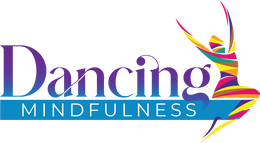
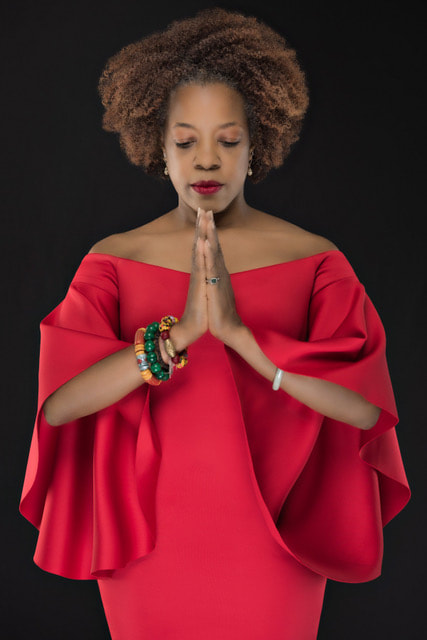
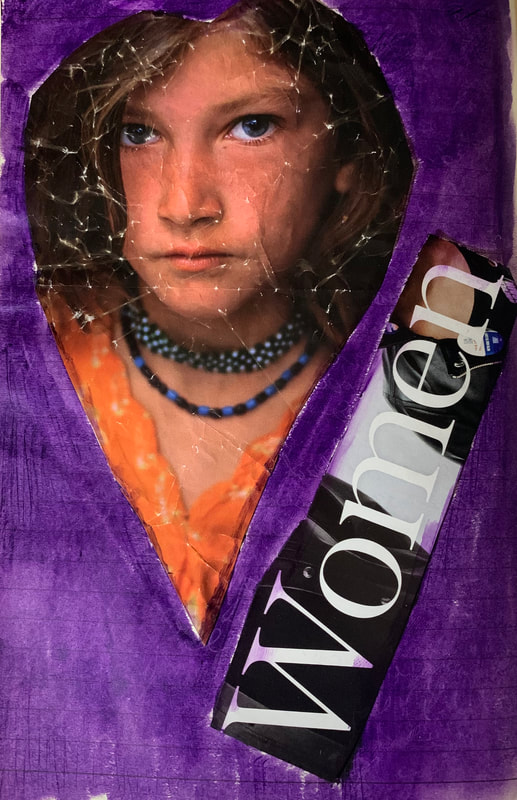
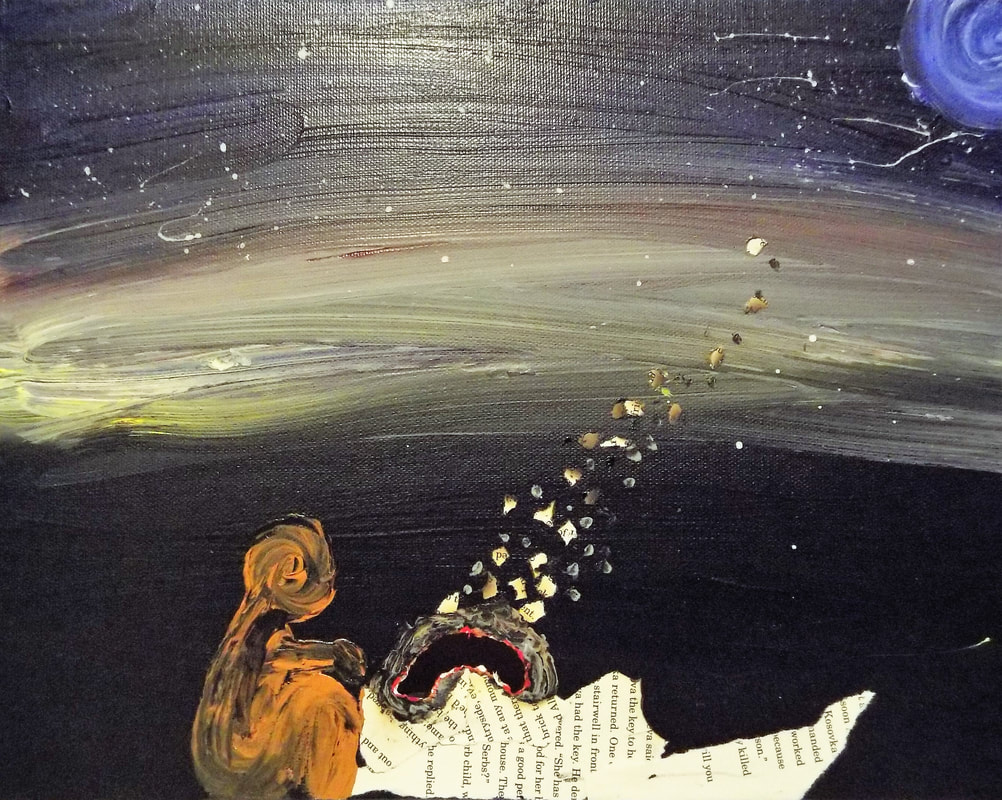
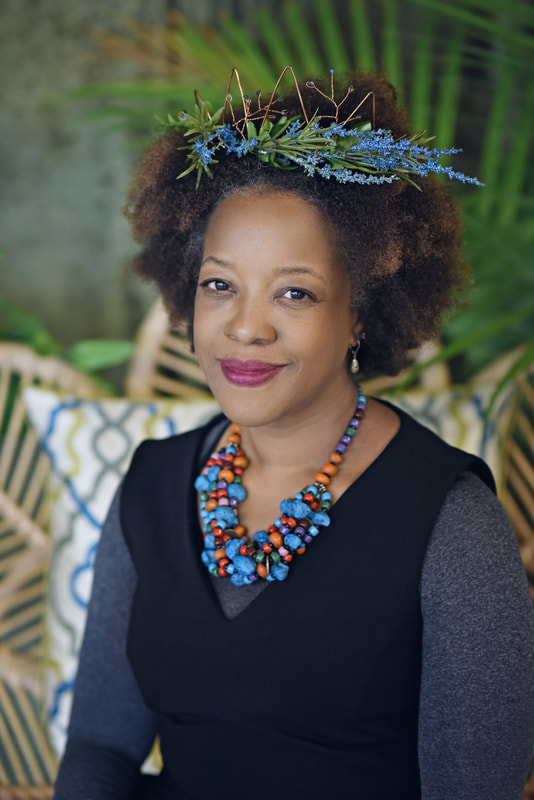
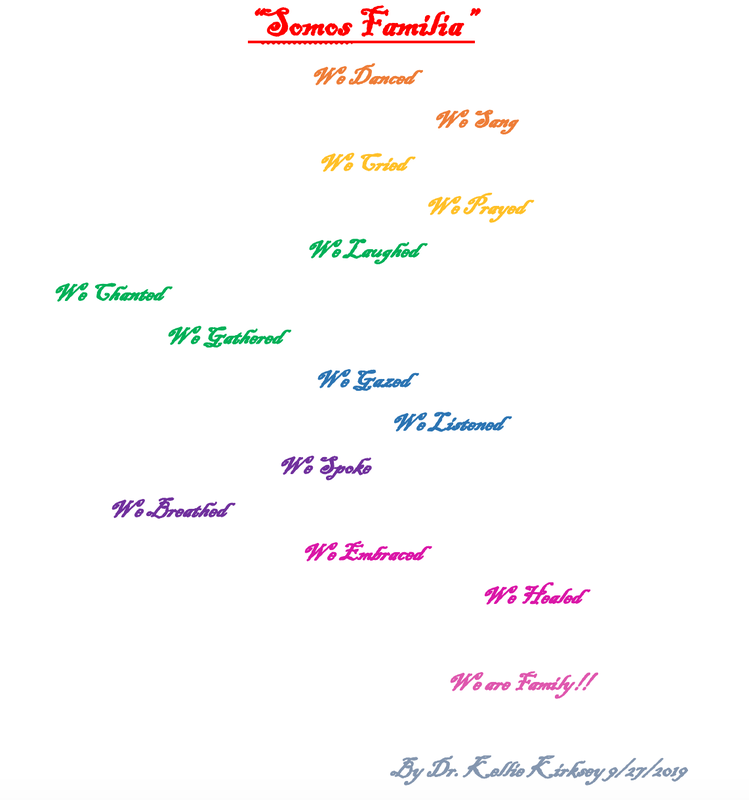
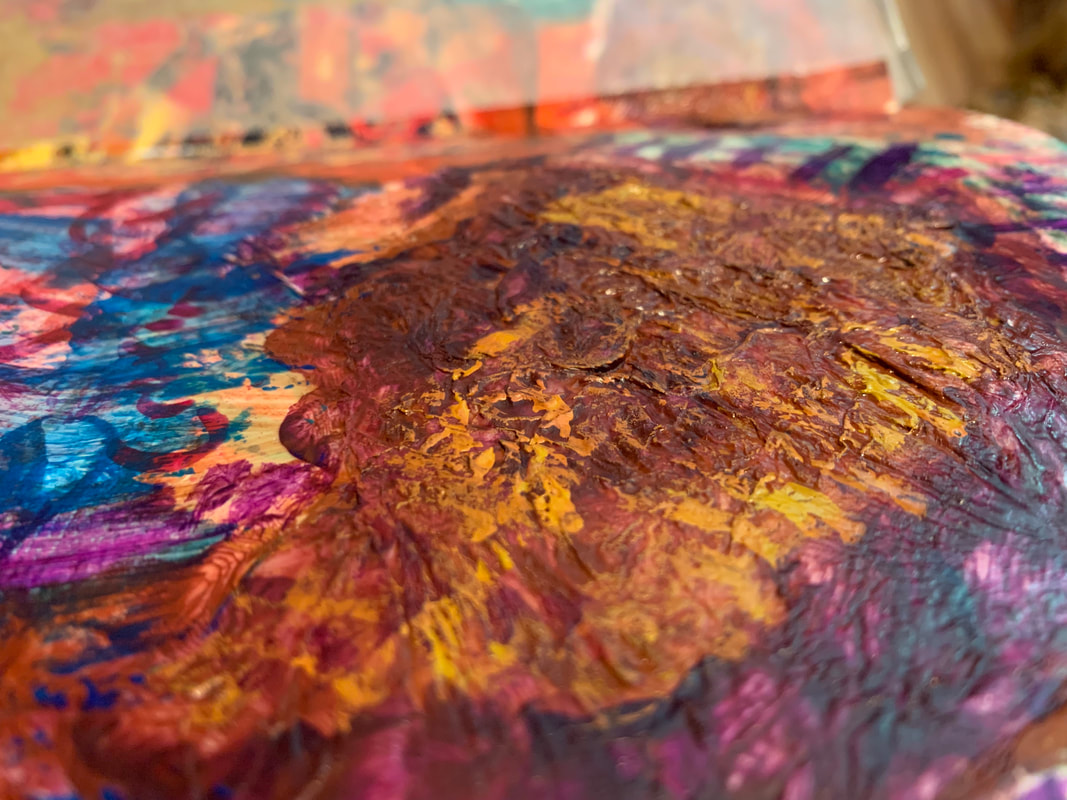
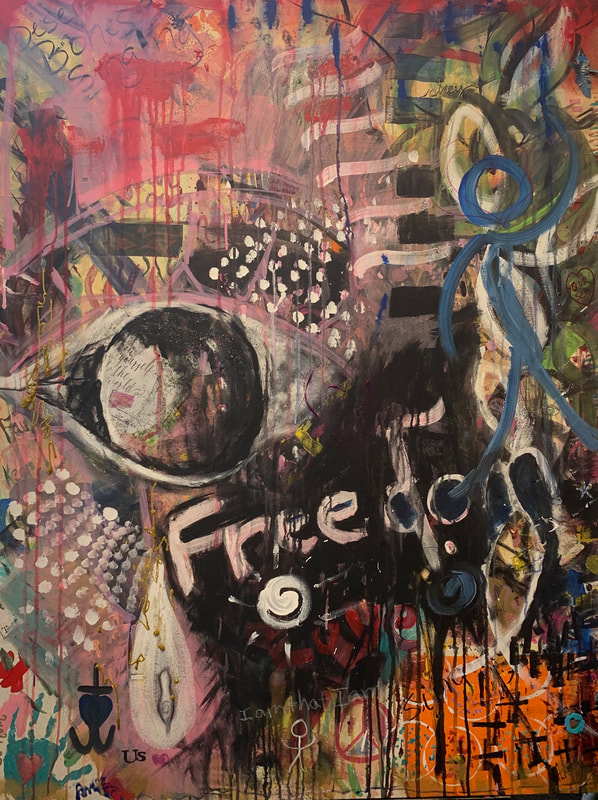
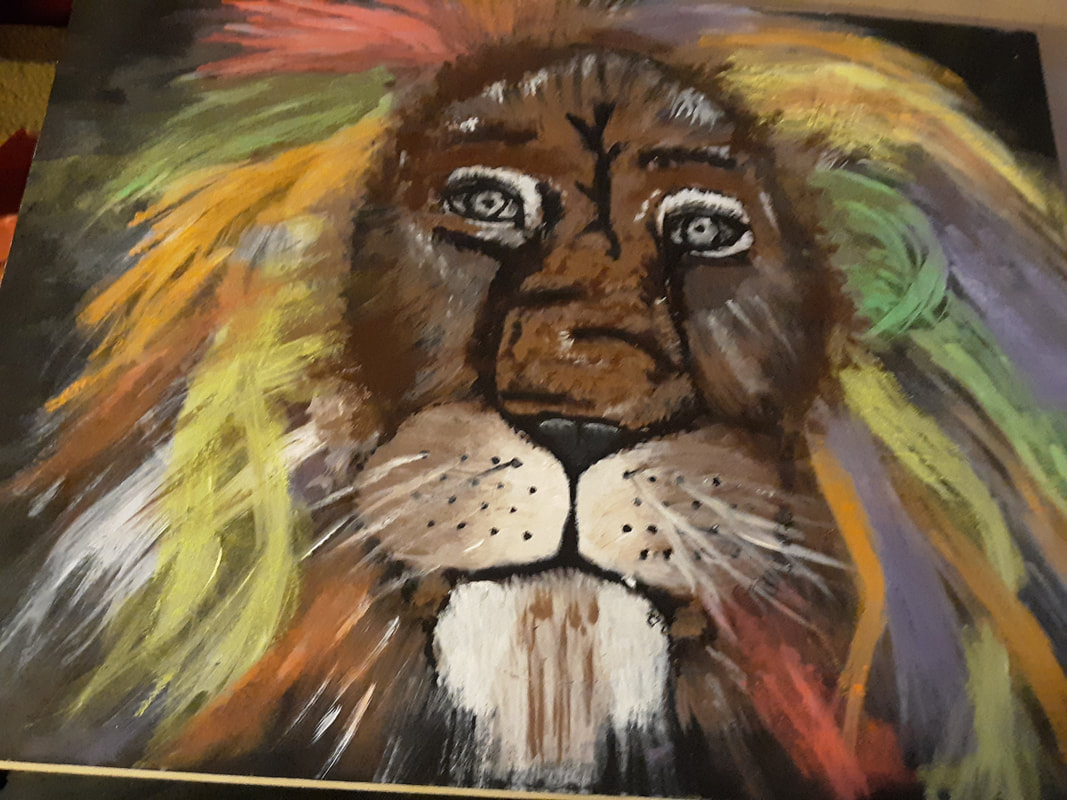
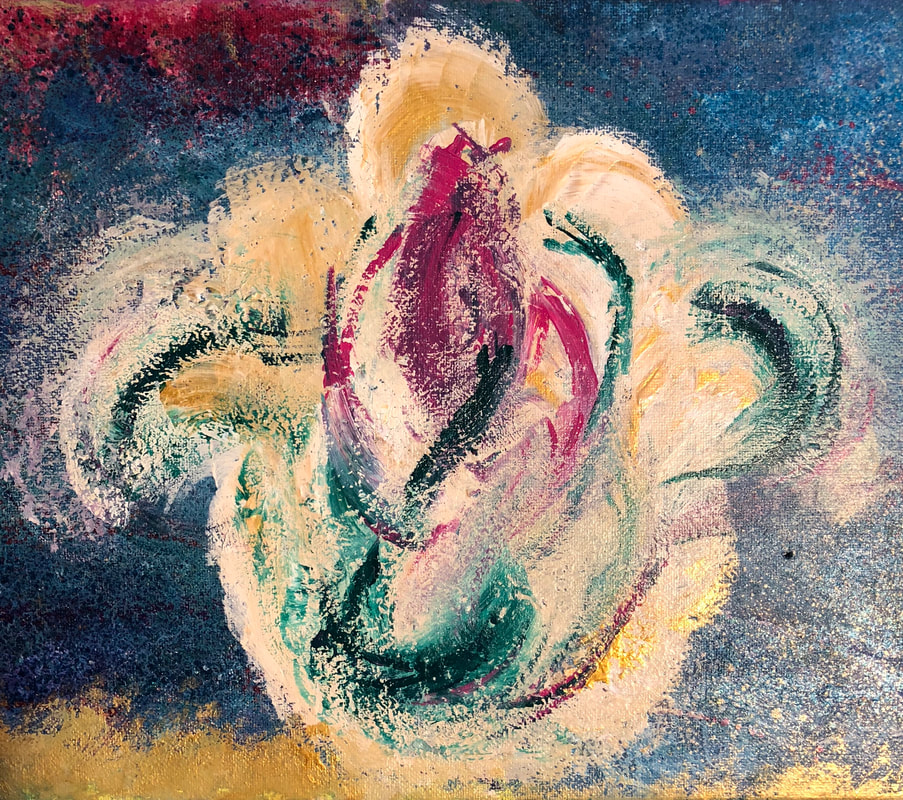
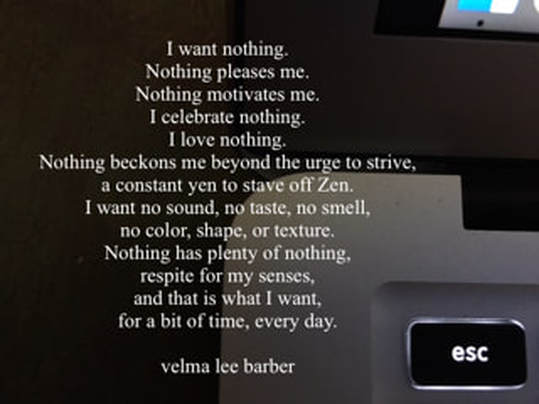
 RSS Feed
RSS Feed